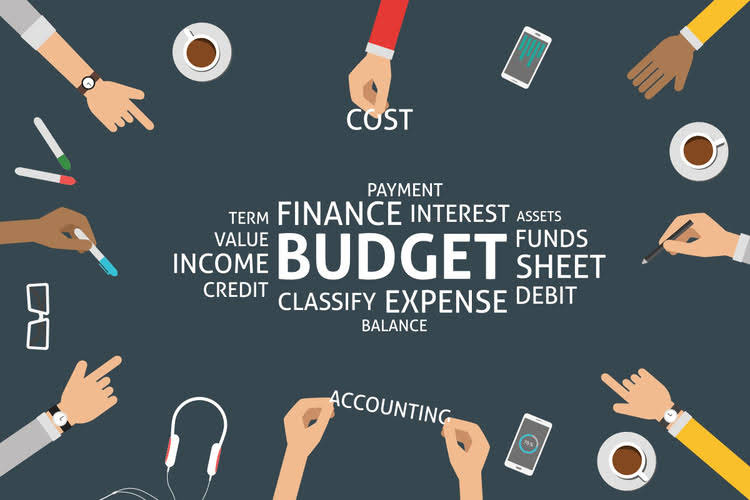
Then, revisit your choices and think about how each of them makes you feel. If one of them makes you feel open, inspired, and nervously excited, this https://www.bookstime.com/ is a good one to go with. On the other hand, if a choice is making you feel sick, lethargic, and beaten down, this is probably not the path for you.
- While speed and quality issues plague many companies’ decision-making processes, the results also reveal a group of organizations that are excelling.
- If you do want to improve your decision-making skills, it’s more easily said than done.
- This activity also highlights individual biases, as the facts each person chooses to include reveals the way they perceive that option and the decision.
- For others, they talk about community impact all the time and don’t talk enough about the facts or how they’d be impacted personally.
- Every framework works way better than winging it, but they also struggle to find the right balance between irresponsible brevity (too short!) and analysis paralysis (too big!).
- For instance, it’s much easier to let go of workers without notice.
Taming the Beast: Your Guide to a Consistent Decision-Making Process
Evidence-based practice is about using the best available evidence from multiple sources to optimise decisions. Being evidence-based is not a question of looking for ‘proof’, as this is far too elusive. However, we can – and should – prioritise the most trustworthy evidence available. The gains in making better decisions on the ground, strengthening the body of knowledge and becoming a more influential profession are surely worthwhile. These principles might include aspects of social impact, transparency, trust and safety, accessibility, autonomy, equality, innovation or positivity.

Strategy Questions Smart Leaders Ask Themselves Every Day
Your voice will get lost with the voices of others and you won’t remember which voice is yours anymore. If it’s the long-term vision you’re struggling to get clear on, visualize your dream life. Imagine if you had the life you dreamed of in one year’s time, what would a typical day and week look like? It doesn’t mean you have to build that dream life in one year, but it does mean you have to get clear on what kind of life you want to have.
Stop asking people what you should do.
As digital technology advances, business leaders have more ways to make decisions that can have a significant societal impact. For instance, it’s much easier to let go of workers without notice. But decision fatigue isn’t the only cost of ineffective decision making.


We all know that taking the time to think through our options and discuss them as a team can lead to better decisions. The quality of the decisions we make determines much of our later success. That’s a decision that will haunt you for a while.
Our ‘insight’ article When the going gets tough, the tough get evidence explains the importance of taking an evidence-based approach to decision making in light of the COVID-19 pandemic. It emphasises and discusses how decision makers can and should become savvy consumers of research. While assessing the reliability of evidence becomes more important as the mass of opinion grows, with such a barrage of information, we inevitably use mental shortcuts to make decisions easier and to avoid our brains overloading.
available evidence
- Further analyses reveal the importance of making decisions that are both high quality and fast, a combination that is much more common at the winning organizations.
- We also practice envisioning success because it can clarify the underlying reasons why we might be drawn to one option over another.
- How artificial intelligence (AI), robots and automation are shaping the world of work, the ethical considerations and the role of people professionals.
- Picking 3 options, then outlining facts and forecasting helps bring some logic to the decision.
- People and organizations often depend on technologies like artificial intelligence (AI) to help them make decisions more quickly.
- Of them, 1,228 are familiar with decision making at their organizations.
It’s also why it’s so crucial for leaders to be mindful of their digital decisions and ensure they’re ethically sound. The most important of these three principles is empathy. Empathy is defined as the ability to understand the feelings of another person.

Learn more about our People & Organizational Performance Practice
- Respondents “agree” or “strongly agree” that the decisions made by their organizations (or their senior executives, in the case of big bets) are consistently of high quality.
- But even at the top, C-level executives and senior managers report the greatest exposure to cross-cutting decisions (Exhibit 2).
- I’ve been down the rabbit hole, and I can tell you that it’s full of cake and potions that never get it quite exactly right.
- Perhaps it was at a restaurant, with a miles-long menu and the server standing over you.
- Leaders often face difficult decisions that carry wide-ranging consequences.
- Forecasting the literal steps it would take to make something work helps bring in some realism.
- When a leader empathizes, they create positive relationships.
Two other noteworthy opportunities for improvement are the quality and speed of decision making. Overall, 57 percent of respondents agree thattheir organizations consistently make decision making framework high-quality decisions—just slightly likelier than a coin toss. With respect to speed, only 48 percent of respondents agree that their organizations make decisions quickly.